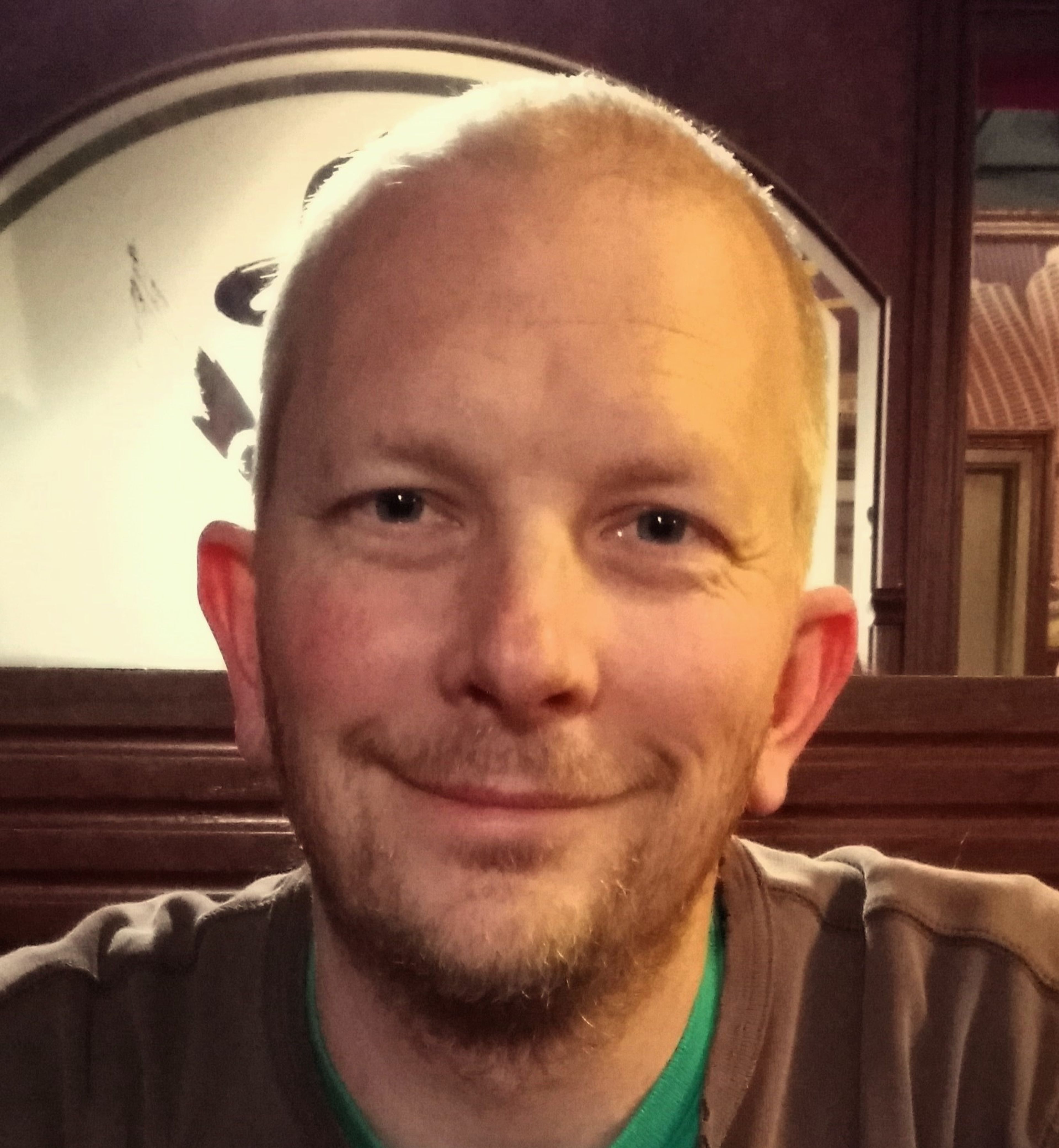They called me “halbschwartz” (half-black), a label I wore with pride. It meant I’d been accepted into the small contingent of Black students in my class. Although shortly after World War II, we were studying German together in a Massachusetts boarding school. That suggests, of course, that we all came from middle-class families.
I’d grown up in the 1930s and '40s in an all-white village. I wasn’t aware of racial issues. Occasionally the “N-word" was dropped around my home by an elder relative, but my mother took pains to discourage my usage. My first personal awareness of its ramifications came from a classmate.
My parents sent me, age 13, to live and learn at a college preparatory school in Massachusetts,165 miles from home. One day I dropped the “N-word." Kelman, a Jewish friend, called me aside and suggested I not use that word because Monroe, another classmate, was “colored.” Monroe bore no visible signs of being a “Negro.” Thus began my personal interactions with both Blacks and Jews. I harbor broad affection for friends of both minorities, often stigmatized by us white guys.
Our sophomore year Monroe, Kirk and Marshal, also Black, and I began learning German. We studied and generally hung out together. By spring, we were sunbathing and comparing tans. That’s when they branded me “halbschwartz.” During our last two years, Monroe and I roomed together. One of the dorm masters once commented that if a stranger were asked to identify which of us was Black, he’d have chosen me, such were our comparative physical characteristics.
Monroe was from South Carolina. During long holidays, he traveled home by train, changing trains in Washington, D.C. South of Washington, Jim Crow laws kicked in. Coming north to school wasn’t a problem. He’d leave his hometown in a segregated section with other Blacks. After changing trains in Washington, he’d board an integrated train for Massachusetts.
Returning home was different. When Monroe changed trains in Washington, conductors would steer him into a white car, despite his protestations. Monroe well understood if someone who knew him spotted him getting off a white car in his hometown, he would be in big trouble. But he survived several years of travel, went on to study medicine, and became a successful physician like his father.
For four years, my Black friends shared stories with me about racist affronts they had experienced. They taught me a simple mantra that still applies: “If you’re White — all right; Brown — stick around; Black — stand back.”
Those accounts helped me understand, at least partially, issues faced by multiple minorities, outsiders in a basically white Christian culture. Clearly, I will never understand the full complement of injustices facing Blacks, Jews, Native Americans, and numerous other minorities. But I can be aware of them, sympathetic to those minorities.
This month our book club is reading “The End of Race Politics: Arguments for a Colorblind America,” by Coleman Hughes. Based on my own experiences, the book is long overdue. Hughes, Black himself, draws heavily on speeches and writings of Martin Luther King Jr. and others. He builds a case for “colorblindness,” i.e., not allowing race to influence our personal decisions.
Biologically, race simply doesn’t exist. It’s not part of biological taxonomy. We humans, Homo sapiens, are a single species. As Hughes points out, race has been socially constructed to be used for diverse purposes across the political spectrum. The “one drop” rule, for example, fostered white supremacy by asserting that one drop of “Black” blood bestows “Blackness,” a tradition not codified into law until the 20th century. Jim Crow’s pernicious reach is long.
So, if race doesn’t exist, where is the value in “equal opportunity” legislation? And what about reparations? Both are well-meant impossibilities. If race is the only criterion for various types of aid, how do we choose recipients? Social disadvantages, like poverty, might be far more effective.
Instead of focusing on differences, why not mount a serious campaign to recognize our essential oneness, with its infinite varieties of hues, intelligence, talents and other shared characteristics? Why not strive for unified thoughts, ideas and actions to advance our civilization, to understand problems in Africa, the Middle East, Asia and elsewhere, recognizing that we’re many shades of human, the family of man, becoming more interdependent as our shared planet warms.
I hope sharing these personal recollections about friends of color provides insight and credibility for others wishing to understand and empathize with their own friends of any color, faith, ethnicity, or culture.
Haug and his editor and wife, Jolie, work together on many projects. Contact Pete at petes.pen9@gmail.com. His internet archives are at https://favs.news/author/petehaug.








